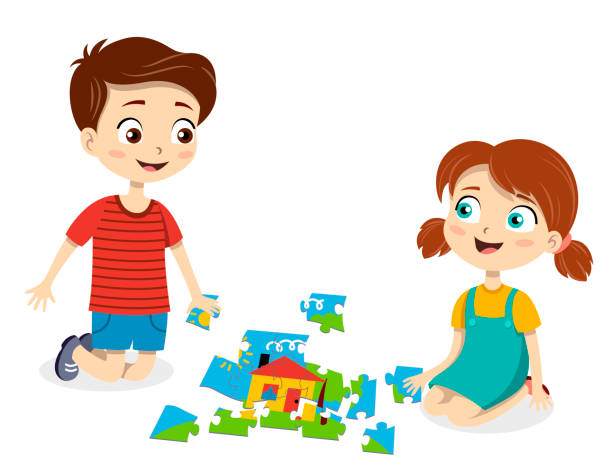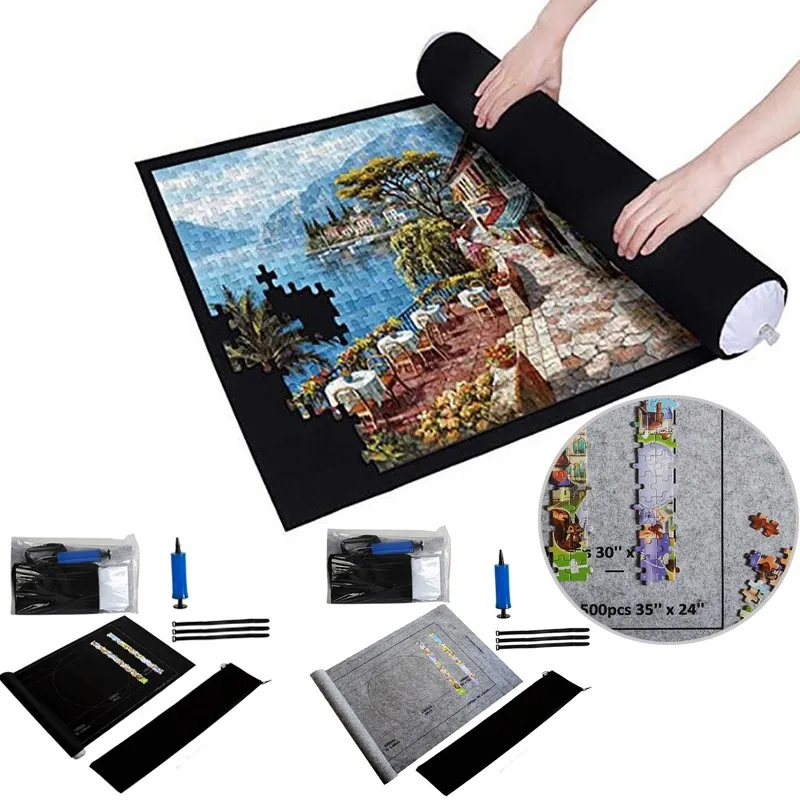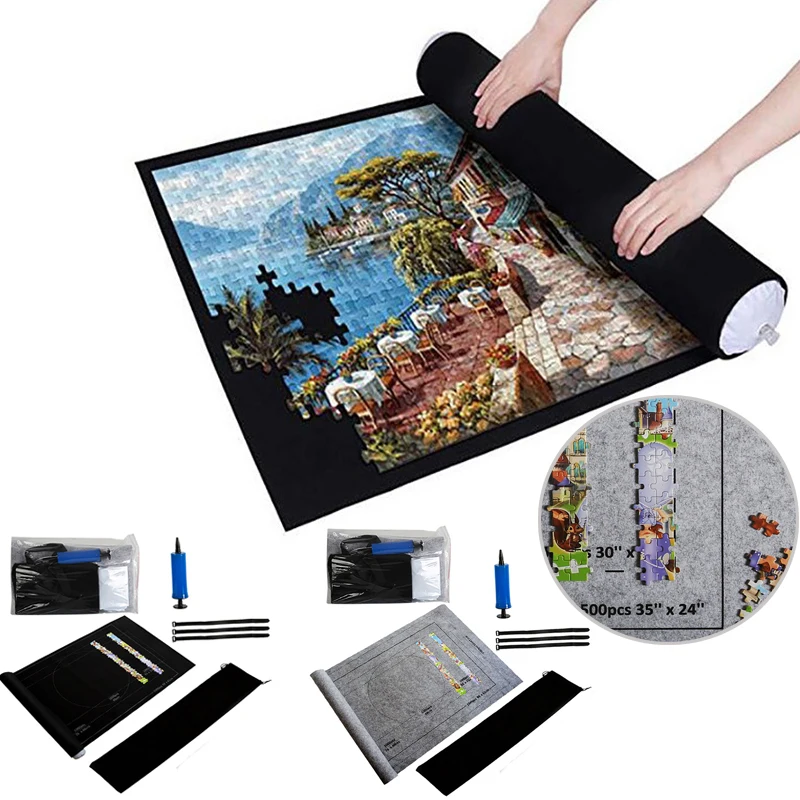
1. Types and Categories
Board Games: Strategy games, educational board games, and family-friendly classics like Monopoly or Scrabble.
Card Games: Deck-building games, trading card games (TCGs), and traditional card games like Poker or Uno.
Puzzles: Jigsaw puzzles, brain teasers, 3D puzzles, and logic puzzles that challenge problem-solving skills.
2. Benefits and Developmental Impact
Cognitive Skills: Enhancing critical thinking, spatial awareness, and memory retention through gameplay.
Social Skills: Fostering communication, cooperation, and sportsmanship in multiplayer games.
Creativity and Imagination: Inspiring creativity through storytelling elements, thematic designs, and puzzle-solving strategies.
3. Design and Features
Durability: Quality materials such as cardboard, wood, or plastic for longevity and ease of handling.
Artistic Design: Engaging artwork, themes, and graphics that appeal to different age groups and interests.
Variety of Challenges: Different difficulty levels, from beginner to expert, catering to diverse skill levels and preferences.
4. Making and Manufacturing
Production Processes: Cutting-edge manufacturing techniques like die-cutting for puzzles or card printing for card games.
Customization: Personalized puzzles or games with custom artwork, themes, or game mechanics.
Environmental Considerations: Sustainable materials and production practices in response to eco-conscious consumer demands.
5. Care and Maintenance
Storage Solutions: Organizational tips for keeping game pieces, cards, and puzzle pieces intact and accessible.
Cleaning: Gentle cleaning methods to preserve game components and artwork without damaging them.
6. Market Trends and Consumer Preferences
Digital Integration: Hybrid games combining physical and digital gameplay elements, apps for game rules and scoring.
Educational Value: Demand for educational games that reinforce STEM concepts, language skills, or historical knowledge.
Collectible Games: Rising popularity of collectible card games (CCGs) and limited-edition puzzles or board games among enthusiasts.
7. Educational Outcomes and Engagement
Learning through Play: Integration of educational content, problem-solving challenges, and cooperative play in game design.
Thematic Exploration: Games and puzzles that explore cultural diversity, historical events, or scientific discoveries.
Conclusion
Games and puzzles play a vital role in entertainment, cognitive development, and social interaction across all age groups. By choosing games that align with personal interests, educational goals, and social dynamics, individuals and families can enjoy immersive experiences while enhancing skills and fostering meaningful connections.








